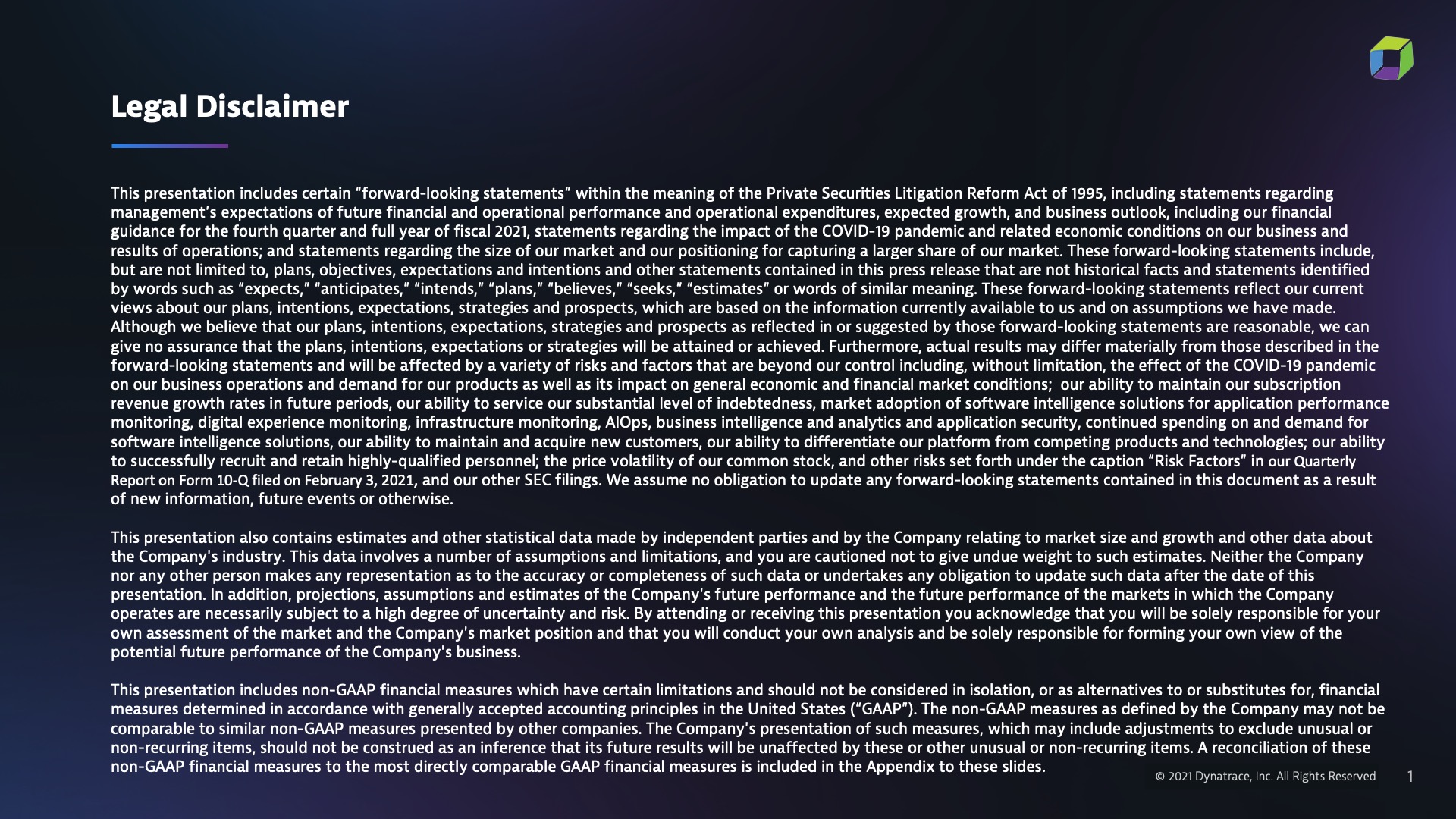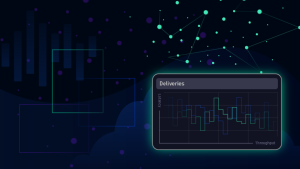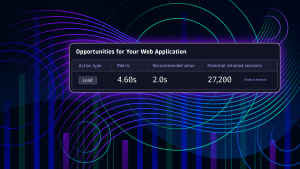Here's why automatic and intelligent mobile app monitoring is key to delivering a perfect, GDPR-compliant mobile experience.
As more and more consumers are using mobile apps to engage with their favorite brands and services, the expectation for organizations to provide a perfect mobile experience 24/7 also increases. Simultaneously, these organizations must also guarantee compliance with GDPR and other privacy regulations. The key to accomplishing both these goals is having effective mobile app monitoring that quickly identifies the root cause of performance issues. However, because organizations typically use multiple mobile monitoring tools, this process is often far more difficult than it should be.
During a breakout session at Dynatrace’s Perform 2021 event, Senior Product Marketing Manager Logan Franey and Product Manager Dominik Punz shared mobile app monitoring best practices to maximize business outcomes. The pair also explained how new Dynatrace features such as Session Replay for native-mobile applications help organizations improve compliance with GDPR.
Organizations use multiple mobile monitoring tools
Most organizations have a grab bag of monitoring tools, each designed for a specific use case. Some may monitor web apps, others might focus on infrastructure and Kubernetes, and there might even be a separate monitoring tool for native-mobile apps.
App developers and digital teams typically rely on separate analytics tools, such as Adobe and Google Analytics, that may aggregate user behavior and try to understand anomalies in traffic. These teams may also have a separate mobile crash tool. Meanwhile, UX and business teams might have some limited session replay capabilities, or — worse — they may have no monitoring solution at all.
“In a recent survey with our customers, we found there are up to 10 different tools added into a single mobile app to assist with different use cases,” said Punz. “This obviously adds a lot of complexity to the app, which can make it very difficult to troubleshoot application performance issues or resolve points of friction in the mobile experience.”
Siloed tools generate siloed insights
“Since each tool has separate sets of data, you have no way to tie it all together so that’s when something goes wrong. You know there’s an increase in crashes, for example, [but] you really don’t understand why,” Franey explained. “You might be asking yourself, ‘Could this be from the underlying infrastructure? Or maybe a third-party service that’s unresponsive?'” A crash might not even be to blame — users could be abandoning the app or suddenly not using a certain feature.
All these mobile monitoring tools generate far too many alerts, making it unnecessarily hard for teams to make sense of what’s going on. What’s worse, these tools may also produce conflicting answers. “All of this results in no source of truth for the root cause of the problem,” Franey said. In this scenario, every team has an answer, but no one has the definitive answer. And with no single source of truth, organizations are hard-pressed to identify the root cause of an issue, let alone take the necessary steps to fix it.
If organizations can’t solve the problem in time, they may find their customer support desks overwhelmed with tickets — or worse, customers leaving for a competitor.
GDPR compliance is a must
As if these challenges weren’t formidable enough on their own, mobile teams must now also comply with data privacy regulations, such as GDPR and CCPA, to reduce their manual burden. However, fulfilling this requirement is easier said than done. Various job roles such as DBAs, UX designers, and mobile app developers need access to different types of data to carry out their tasks. But manually configuring the exact permissions required for them to gain that access can accidentally open the door to GDPR compliance violations.
Personal data can easily find its way into monitoring data if organizations don’t take steps to prevent this from happening. “By recording data from the end-users app, there’s always a chance that personal data finds its way into your monitoring data,” said Punz. “Think about a caption of a button that contains a credit card number or some other details in a crash report,” he added. Without intending to, organizations can quickly run afoul of privacy regulations or privacy policies in major app marketplaces such as Google Play and Apple’s App Store.
Organizations must ensure strict compliance without creating too many burdensome manual processes. “Overall, you need a solution that makes it easy for you to manage how you handle personal data,” Punz explained.
Dynatrace supports GDPR compliance by design
Dynatrace already helps organizations ensure their mobile app monitoring is GDPR compliant in several ways. When capturing data, Dynatrace anonymizes IP addresses and GPS coordinates by default, and it also masks personal data in URIs based on patterns. When it’s time to analyze the data, Dynatrace can mask data marked as sensitive so only authorized personnel are granted access.
Organizations can also use Dynatrace to build in privacy by design from the point of first use, allowing end-users to choose whether to opt in to having their data collected. Crucially, all this can be accomplished while keeping instrumentation simple. “All of this is handled by Dynatrace. It’s not new functionality. In fact, we’ve had it in place since GDPR was launched in May 2018,” said Punz.
In February, Dynatrace released new features that take GDPR compliance even further. Session Replay for native-mobile applications is now available, enabling teams to see every click, swipe, and tap from the user’s perspective. “We baked in data protection by default by masking input fields … and by also implementing role-based compliance and permissions,” Punz said. These data privacy enhancements allow organizations in even the most highly regulated industries to leverage customer behavior and experience data to drive better user experience and business outcomes.
Deliver a perfect, GDPR-compliant mobile experience
As Franey and Punz explained in their Perform 2021 presentation, effective mobile app monitoring is key to accomplishing both perfect mobile experiences and strict compliance with GDPR and other privacy regulations.
With the right mobile app monitoring solution in place, organizations can transform faster without having to worry about process bottlenecks or compliance concerns. In doing so, they can take full advantage of a mobile-first future.
Want to learn why effective mobile app monitoring and GDPR compliance are so crucial to business success? Watch the full Perform 2021 presentation from Logan Franey and Dominik Punz below.






Looking for answers?
Start a new discussion or ask for help in our Q&A forum.
Go to forum